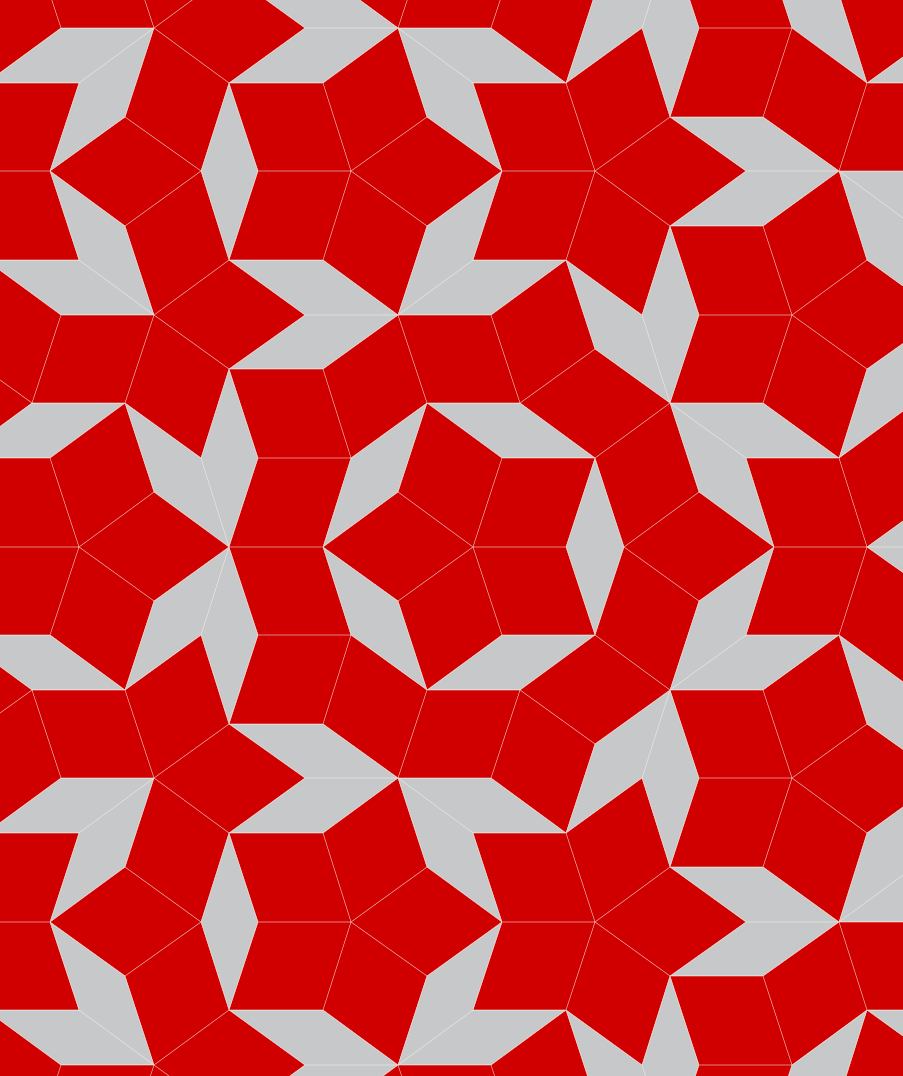Notice that \(\displaystyle\int_{C_4}\vF\cdot d\vr\) is the only one of the six line integrals that is positive, so it is the largest. Since \(\vF\) is orthogonal to \(C_1\) and \(C_3\text{,}\) \(\displaystyle\int_{C_1}\vF\cdot d\vr = \int_{C_3}\vF\cdot
d\vr = 0\text{.}\) Note that while \(C_6\) is twice as long as \(C_2\text{,}\) the vectors in the vector field that are hindering \(C_2\) are more than twice as long as those hindering \(C_6\) Thus, \(\displaystyle\int_{C_2}\vF\cdot d\vr \lt
\displaystyle\int_{C_6}\vF\cdot d\vr\text{.}\) We do not yet have all the tools necessary to calculate the exact value of \(\displaystyle\int_{C_5}\vF\cdot d\vr\text{.}\) However, it is greater than \(\displaystyle\int_{C_6}\vF\cdot
d\vr\text{.}\) Thus, the ordering is
\begin{equation*}
\int_{C_4}\vF\cdot d\vr
> \int_{C_1}\vF\cdot d\vr = \int_{C_3}\vF\cdot d\vr >
\int_{C_5}\vF\cdot d\vr > \int_{C_6}\vF\cdot d\vr >
\int_{C_2}\vF\cdot d\vr\text{.}
\end{equation*}

